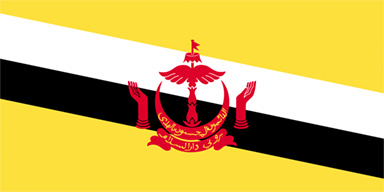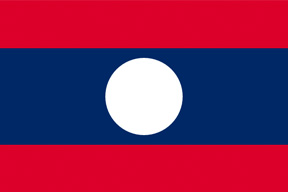
Research: Laos 01
Vientiane
2016.01.27 - 01.28
The last trip for FY2015 ended with Laos. When the curatorial team arrived from Phnom Penh, the country was experiencing an unusually cold weather, enough to bring snow to northern regions. The curators saw quite a different art scene compared to other countries by meeting artists and visiting museums and galleries with the generous help of artist, Souliya Phoumivong.
-
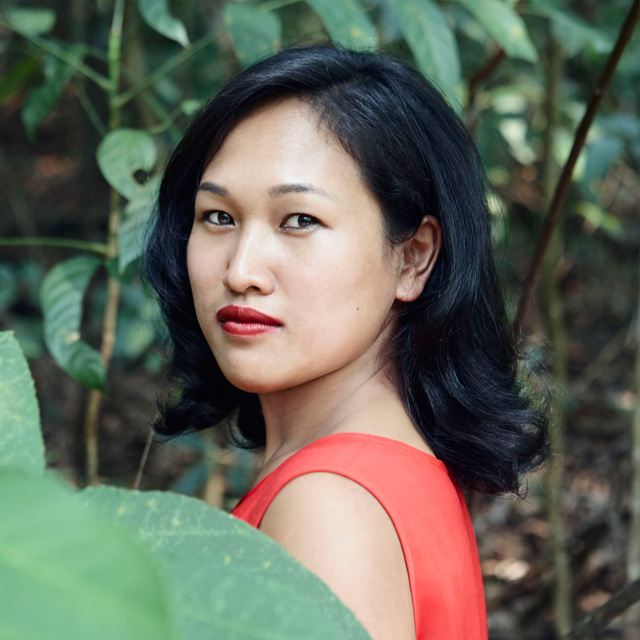 Vera Mey
Vera Mey -
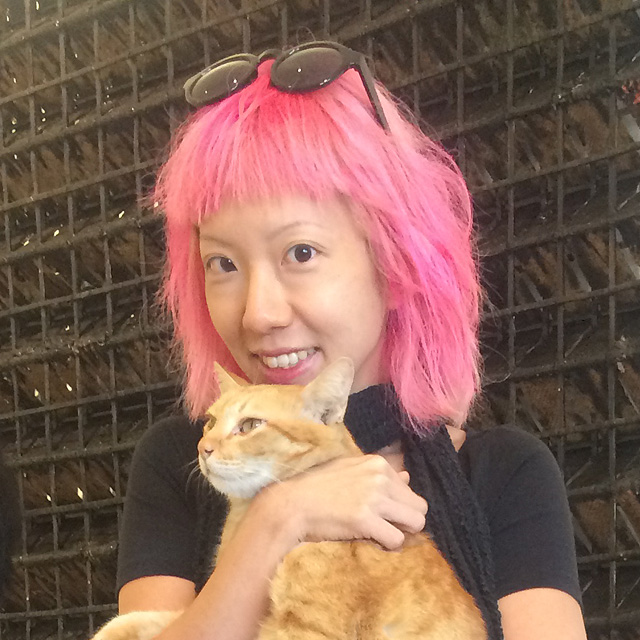 Ong Jo-Lene
Ong Jo-Lene -
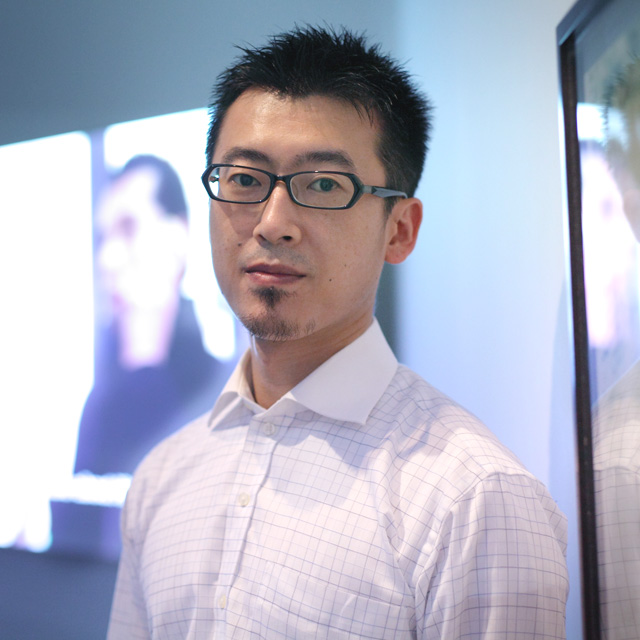 Kenichi Kondo
Kenichi Kondo -
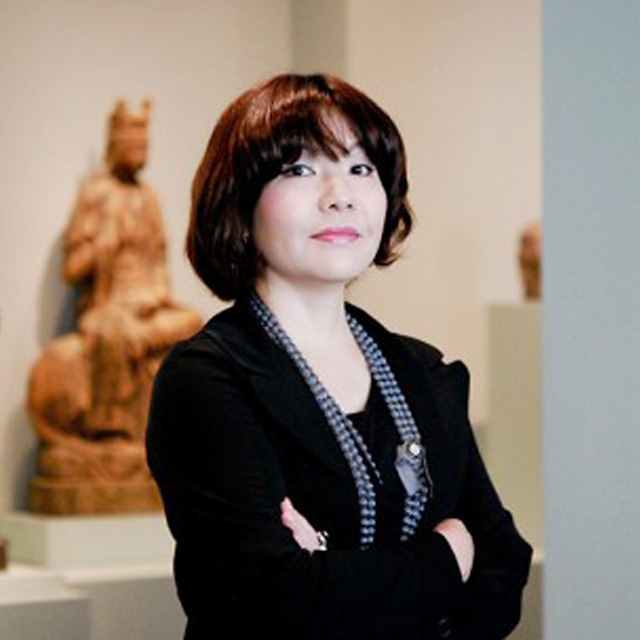 Mami Kataoka
Mami Kataoka -
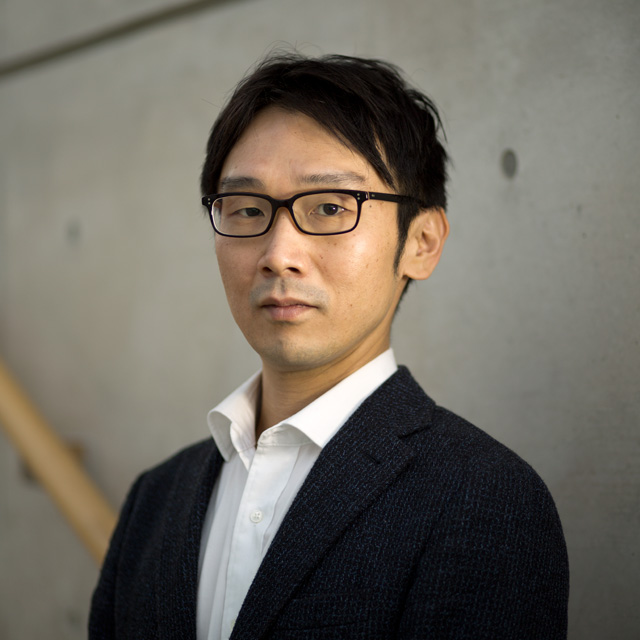 Naoki Yoneda
Naoki Yoneda
Summary
Compared to the other countries of Southeast Asia, the Laos art scene is a collective unknown. We consulted various colleagues about activities there, searched through catalogues of past exhibitions for names, but the void in knowledge only expanded. It is in these positions where you can really, truly understand the nature of what curatorial research can and should be――an openness to whatever you might find without pre-conceived notions of what is or should look like.
Our interlocutor was crucial and we were guided by the caring hands of Souliya Phoumivong who introduced us to the Vientiane art scene. We began at the center of current activity, the National Institute of Fine Arts where Souliya is one of the faculties. Through him, we met the head of school who fondly walked us through his work including his studies in neighboring Thailand and through cross-national, communist connections studying art in Russia before the fall of the Soviet Union. This is an artist who was active in creative sculptures for the revolution and saw two nations through his own eyes. We learnt that he was the artist behind many of these grand bronze sculptures around the city and that the school was largely divided into medium specializations.
Unlike other major centers of former Indochina, Vientiane was relatively quiet. This could in part have been due to the freak cold snap the country was experiencing during our visit there where temperatures dropped to historical lows to 10.4 degrees Celsius in a usually sub-tropical climate. Despite the relative unknowns and isolation of the art scene, this was a reminder that larger global forces are having an affect here. Souliya gave us a brief history on the development of the art scene whereby artists initially sold artworks down by the riverfront weekend market. These were largely paintings to fuel demand from tourism. Gradually, artists began opening commercial gallery spaces in the city center and this in turn opened up a space for more typical touristic depictions, whereas more experimental works were shown at the back of the galleries. At times the audience for these experimental pieces was limited as evidenced in Bounpaul’s land art pieces which only survive through documentation. With the north of Thailand’s Chiang Mai being nearby and the resounding focus on social installation, one cannot help but draw connections between this kind of outdoor experimental practice and it’s precursors across the border.
Laos is a very culturally diverse nation with the ethnic group of Laos itself only comprising amount of the population. Through the National Museum, which unfortunately is severely under-funded despite its incredible collection, we learned that it is a civilization which stretches back to first century AD and some of the first human remains in Asia were found on this territory we currently know as Laos. These were all new facts. Clearly, we still have a lot to learn about a place which felt relatively unchartered by the contemporary art world. And this is possibly what made it all the more enjoyable to encounter.
National Institute of Fine Arts (NIFA)
2016.01.27
The centricity of Laos’ contemporary art community lies in the National Institute of Fine Arts (NIFA); all nine artists we met are alumni with many going on to be part the teaching staff. NIFA grew from what was the National Faculty of Fine Arts that ran schools in Vientiane, Savannakhet, and Luang Prabang and continues to house the Lao Fine Arts Association (LFAA), run by the Ministry of Information, Culture and Tourism. At this first stop of our visits, we were welcomed to NIFA’s large new complex completed in 2015 by Director and National Artist, Dr. Maysing Chanbouthdy (1957-).
Maysing Chanbouthdy (1957-)
2016.01.27
Maysing Chanbouthdy is a national artist and director of the National Institute of Fine Arts in Laos. Primarily a sculptor, he has also made monuments and similar works for the government. After graduation from the National Institute in 1981, Chanbouthdy began teaching at the school’s Department of Painting. He studied abroad in Moscow from 1984 to 1990, and in that period he shifted from painting to sculpture. After the collapse of the Soviet Union, he returned to Laos and began to teach sculpture. He also conducts research on the state of Laos’s monuments, drawing from his own work as an artist in which he created sculptures based on the wars between Laos and Vietnam, and bronze statues of Fa Ngum, the founder of the Lan Xiang Kingdom in the 14th century. In 2011, Chanbouthdy was named a national artist of Laos by the Laotian government. In Laos, he continues to engage in exchange activities in recent years with Thailand, Vietnam, Singapore, and other countries.
Eastern Art Gallery
and Academy
2016.01.27
After showing at both Art Stage Singapore and Singapore Biennale and in 2013 Bounpaul Phothyzan opened his own gallery this year. The front of the newly opened Eastern Art Gallery and Academy caters to the tourist market, showing paintings of landscape and multi-ethnic Lao women. In a smaller room at the back, documentation of Phothyzan’s installations and performance were on show including the two works shown in Singapore, "Controlled Desire" and "We, Live" a collaborative project with the villagers of Phnonkham Village that resulted in a land-art installation based on the environmental issues faced by the community. Drawing and painting lessons are also offered here for youths who wish to pick it up on the side.
Souliya Phoumivong (1983-)
2016.01.27
Souliya Phoumivong graduated from Laos’s National Institute of Fine Arts in 2010, and then traveled to Japan on the Japan Foundation’s JENESYS Program (Japan-East Asia Network of Exchange for Students and Youths). In Japan, he visited animation production schools and has been studying animation independently. Today, he teaches in the Media Department of the National Institute while creating stop-motion animation at his home studio. As part of his work on an educational television program, he is also working on the production of a show that uses clay animation. He said that he would like to contribute to the education of the next generation.
COPE Visitor Centre
2016.01.27
In Laos, there remain to this day many undetonated bombs dropped during the Indochina Wars. It is said that Laos is, per-capita, the most bombed country in the world. With this social problem as its backdrop, the COPE (Cooperative Orthotic and Prosthetic Enterprise) was founded in 1997 as an NPO by the Laos Ministry of Health and several NGOs to provide aid and support for victims of undetonated bombs. The COPE Visitor Centre, located in downtown Vientiane, features photographs of victims’ daily lives, documentary films, and exhibits combining illustrations and prosthetic limbs. Although small in scale, one can come to understand here how the war is still not over for the people of Laos.
MASK Gallery
(The Maison de la Culture de Ban Naxay)
2016.01.28
The Maison de la Culture de Ban Naxay is a gallery owned by the city of Vientiane. The gallery is housed in a building that was originally the home of French artist Marc Leguay, who came to Laos via Cambodia in 1932. Leguay taught painting until 1945 at an art school he established in southern Laos. In 1945, he was arrested by Japanese forces and taken to Phnom Penh. However, after escaping from prison and returning to Vientiane, he was hired by the government to teach art such as drawing and watercolor painting at junior and high schools. As Leguay moved to Thailand in 1975, the house was temporarily deserted, upon which the French embassy stepped in to refurbish the building, and it is currently managed by the city of Vientiane. Called the MASK Gallery, named using the initials of the four Vientiane artists who founded it, this gallery holds exhibitions for local artists. There are no restrictions placed on the types of artists on display there, and the large numbers of tourists who visit the MASK Gallery include Laotians living abroad and visitors from Singapore, Malaysia, Japan, and Europe.
This charming wooden house on stilts surrounded by a lush garden was the residence of well-known businessman turned painter, Marc Leguay (1910-2001) . One could also venture to say he was well-liked as locals refer to him as a “Lao-French” when recalling how he refused to sell his paintings and only ever gave them away to friends. The house was given to Leguay by the government but he left for Thailand soon after the 1975 revolution (Pathet Lao Revolution) — or take-over, depending on your chosen vantage point.
The house is now rented out by the city municipal’s cultural department at USD135 (approximately 1 million Kip) per month. Its long-time tenant is the artist-run MASK Gallery that insists on not selecting but accepting all artists’ proposals thereby serving as a platform for the young, the lesser known, and the more experimental to exhibit their works. It also maintains a small permanent exhibition dedicated to Leguay.
Artists’ responses to life amidst Unexploded Ordnance (UXO)
2016.01.28
After walking us through MASK Gallery’s history, artist and Executive Committee Member of LFFA Khongphat Luanglhat and National Artist May Chandavong shared with us about their participation in A Different Outlook: Life Amidst UXO, a fundraising exhibition organized by Handicap Laos and supported by LFFA in commemoration of the First Meeting of States Parties to the Convention on Cluster Munitions. From 1964 to 1973, over 2 million tons of ordnance over Laos in 580,000 bombing missions; the equivalent of one planeload every 8 minutes, 24 hours a day, for 9 years. A Different Outlook brought twenty established Lao artists to Savannakhet—Laos, most Unexploded Ordnance (UXO) affected province—to develop their responses to the UXO crisis that Laos continues to be burdened with. One memorable impression was May Chandavong’s oil painting War Devastation depicting a village amidst a concentric cluster of bombs: its red center radiating gloomy blue over the scene. The influence of this former Deputy Director of the National School of Fine Arts with a distinct painting style was most apparent when we visited Sivilay Souvannasing in his home studio.
Marisa Darasavath (1972-)
2016.01.28
Marisa Darasavath is a female artist residing in Vientiane whose paintings focus on femininity and its symbolism in the mother and child. She participated in the 4th Fukuoka Asian Art Triennale 2009. Combining traditional Laotian techniques with the techniques of Western painting, she utilizes extreme distortion and curves in her decorative and richly colored work. Peaceful and graphic, her work has established a unique presence in world of mainstream Laotian painting which is often of gentle realism. Due to stylistic differences, her work was in fact poorly received by teachers when she was a student at the National Institute of Fine Arts. However, it was at this time that she says she became determined to paint in exactly the way she wanted to paint. Although she is dissatisfied with the way Laotian men disapprove of busy Laotian women, she says that she does not create art with any feminist intention; rather, she is simply assessed as such within the confines of the current dominant discourse.
Epilogue
While we were ushered to the back room in Eastern Art Gallery, the opposite scenario happened at the studio of Hongsa Kodsuvanh and Mick Saylom. Both artists laid out a selection of works in preparation of our visit but it was the ones they hid behind their selection that caught our attention. Were we looking for the wrong thing, or the right thing in the wrong place, or were we just plain wrong?
We had also been trying to expand our survey beyond our affinity network but to no avail this time round. Of the ten ASEAN countries, Laos’s art scene is the one most segregated from the rest of the region. This is changing with the increasing participation of Laotian artists in exhibitions abroad and cross-cultural collaboration programs.
Case in point is our amazingly generous and resourceful interlocutor, Souliya Phoumivong who is often called upon to play this role to visiting arts practitioners.
Throughout our trip, Phoumivong matter-of-factly points out challenges the scene faces mainly from authorities and tourist demands. I get the impression that he never loses sight of what can be done, not unlike the young man in Phoumivong’s photo work, Time Never Comes Back, sitting on a stairs imbued with momentum that he looks like he could get up and walk out of the frame any time.
Special Thanks
Bounpual Photisan
Hongsa Kodsouvanh
Khongphat Luanglath
Maysing Chanbouthdy
Marisa Darasavath
May Chandavong
Mick Saylom
Sivilay Souvannasing
Souliya Phoumivong
Research
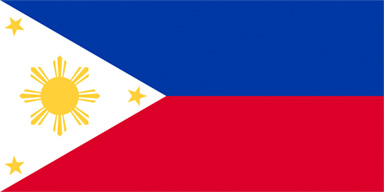
- The Philippines
- (2015.01.08 - 01.11)
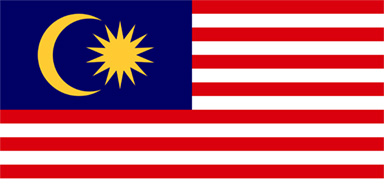
- Malaysia
- (2016.09.27 - 09.28)
- (2015.02.06 - 02.11)
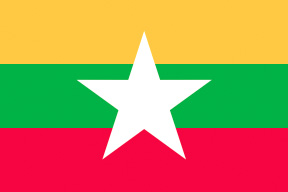
- Myanmar
- (2015.10.24 - 10.29)

- Indonesia
- (2015.11.13 - 11.23)
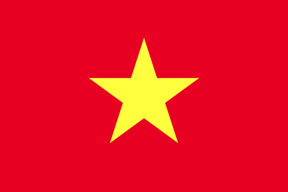
- Vietnam
- (2015.12.13 - 12.20)

- Singapore
- (2016.11.08 - 11.11)
- (2016.01.21 - 01.23)
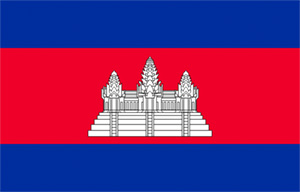
- Cambodia
- (2016.01.24 - 01.26)

- Laos
- (2016.01.27 - 01.28)
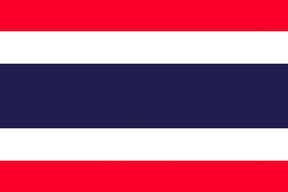
- Thai
- (2016.05.06 - 05.13)
